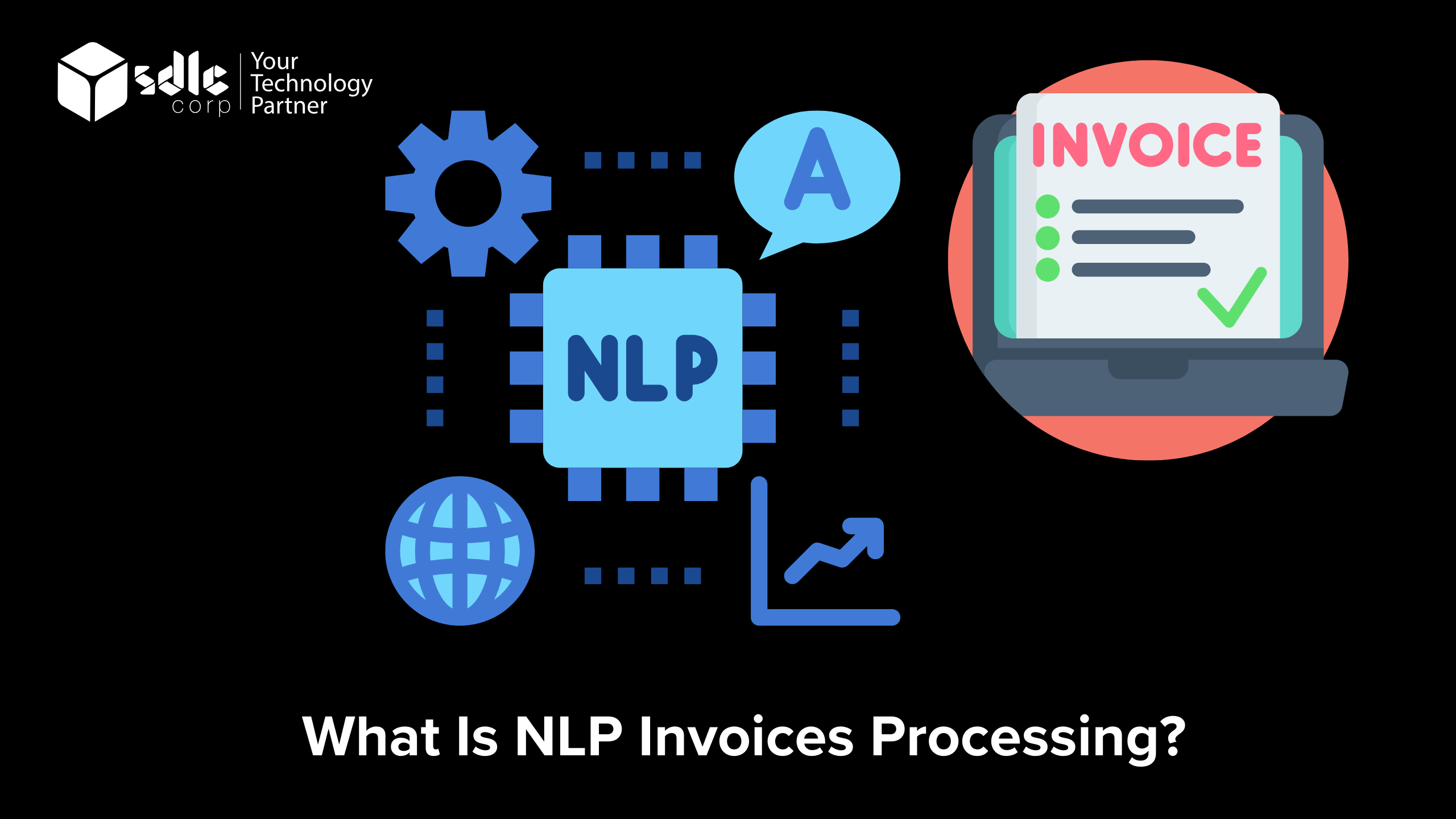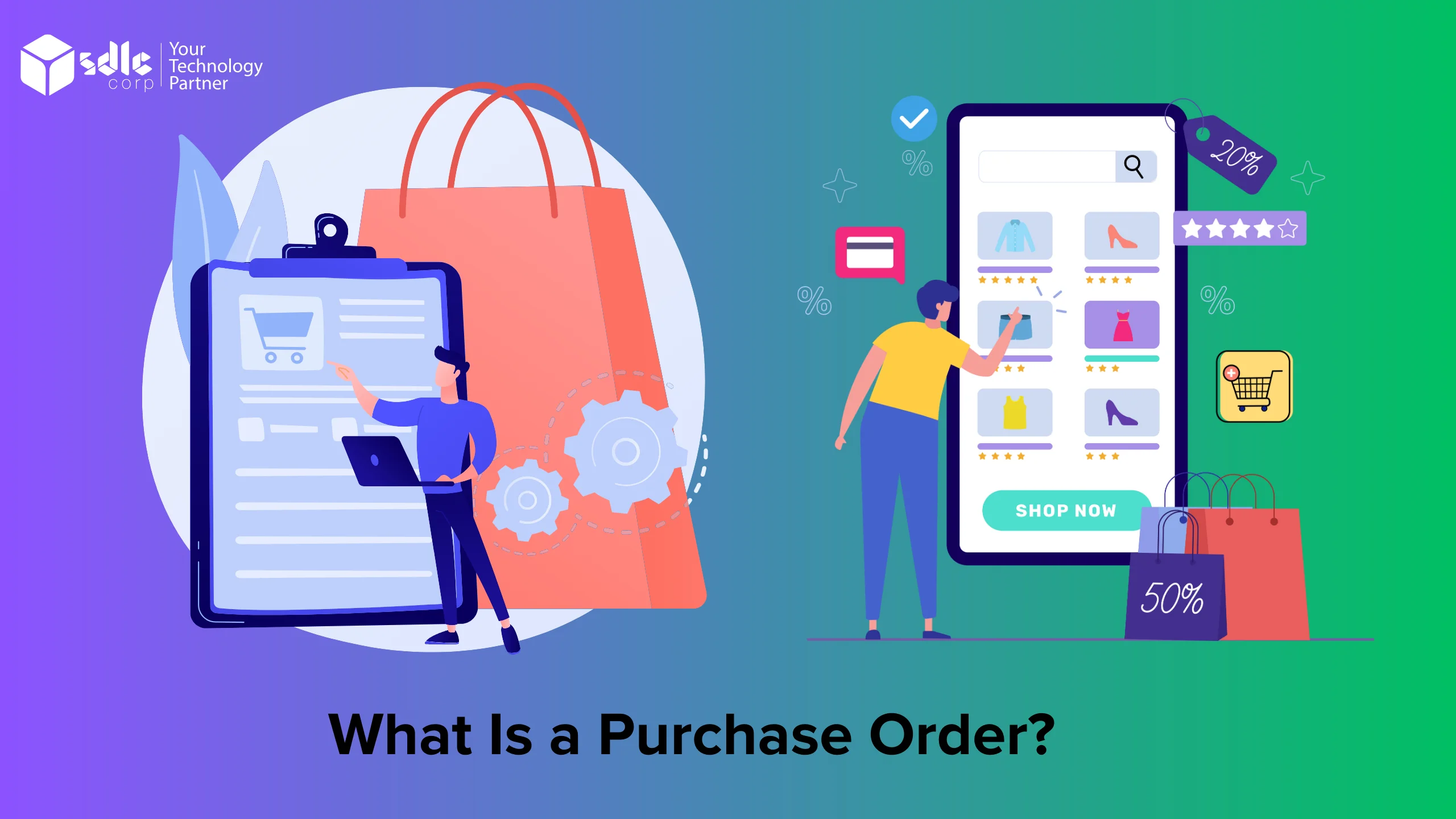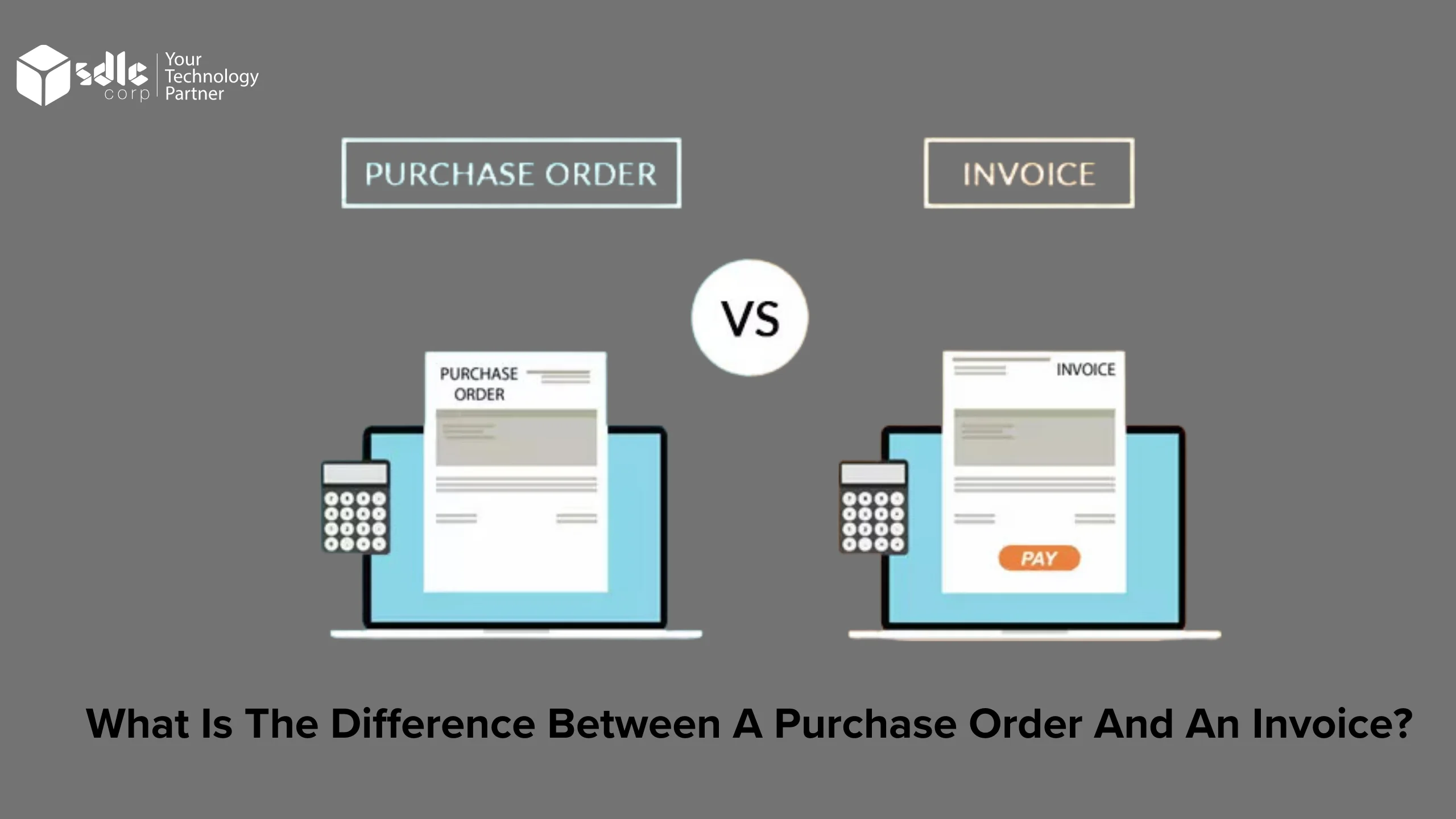What is NLP invoices processing?
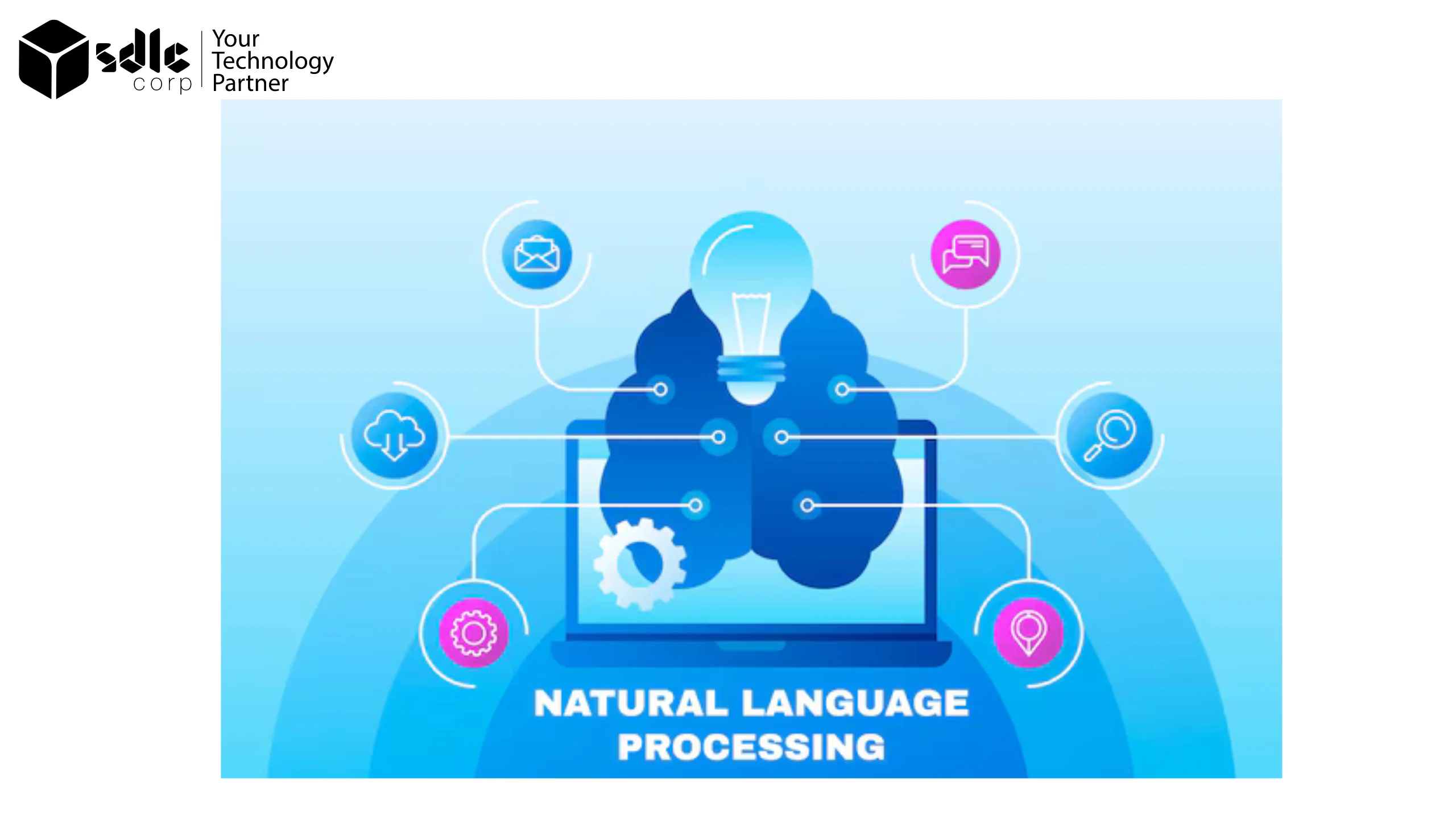
NLP (Natural Language Processing) in invoice processing involves using artificial intelligence and machine learning to extract relevant information from invoices in a human-like manner. This process typically includes extracting key data such as invoice number, date, vendor information, line items, and total amount. NLP techniques can help automate the extraction process, reducing manual effort and improving accuracy. NLP can also be used to interpret and understand the content of invoices, making it easier to categorize them, match them with purchase orders or contracts, and process them efficiently.
What are the Business Benefits & Use Cases of NLP?
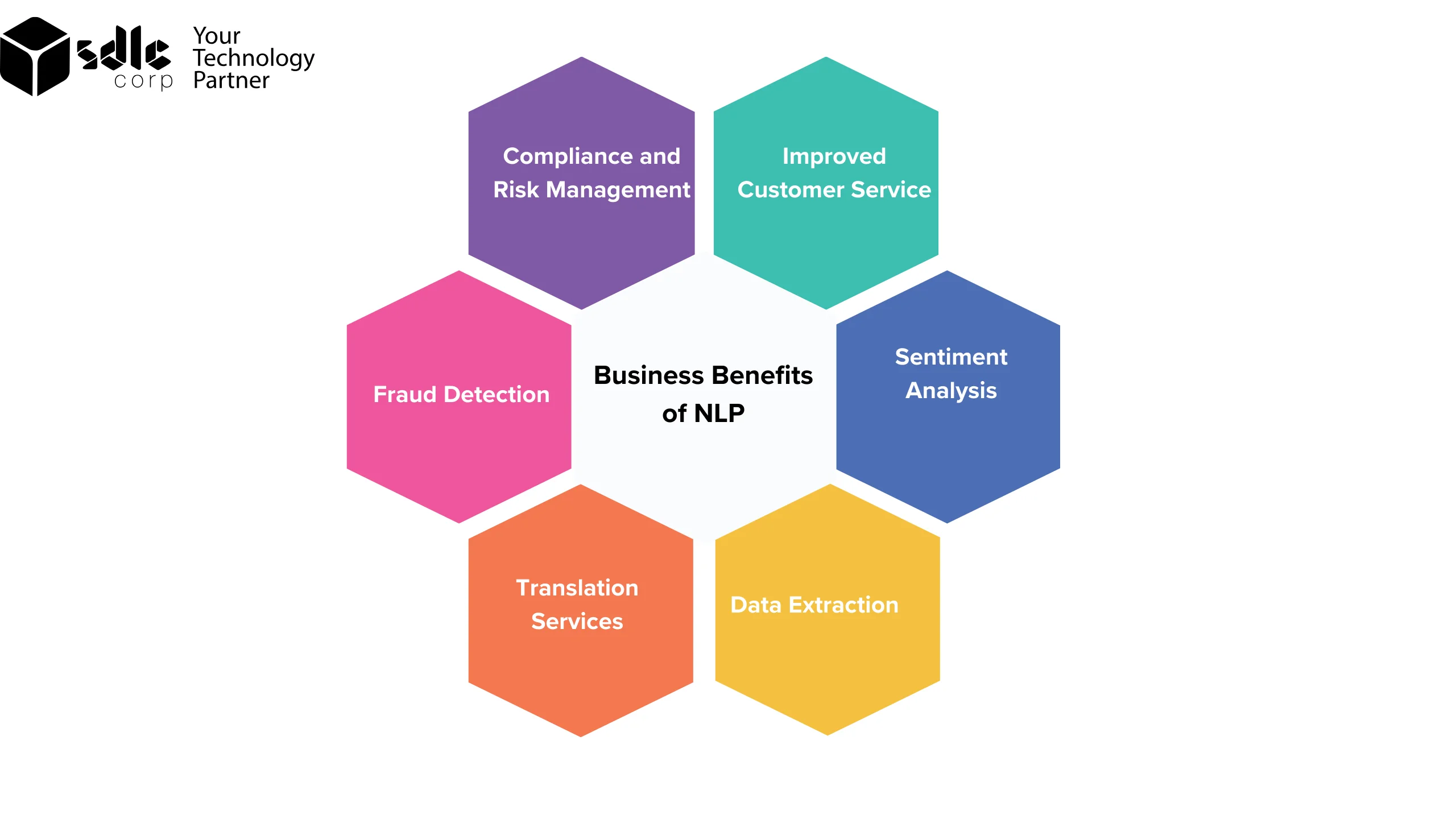
Businesses can derive several benefits from implementing Natural Language Processing (NLP) in their operations. Some of the key benefits and use cases of NLP include:
- Improved Customer Service: NLP can be used in chatbots and virtual assistants to provide instant responses to customer queries, improving customer satisfaction and reducing the need for human intervention.
- Sentiment Analysis: NLP can analyze customer feedback, reviews, and social media posts to understand customer sentiment towards products or services, helping businesses make informed decisions.
- Content Categorization and Tagging: NLP can automatically categorize and tag large volumes of content such as articles, documents, and images, making it easier to organize and retrieve information.
- Data Extraction: NLP can extract key information from unstructured data sources such as emails, social media posts, and documents, helping businesses gain insights and make data-driven decisions.
- Translation Services: NLP can be used for language translation, enabling businesses to communicate effectively with customers and partners around the world.
- Fraud Detection: NLP can analyze patterns in text data to detect fraudulent activities such as phishing scams, identity theft, and financial fraud.
- Compliance Monitoring: NLP can help monitor regulatory compliance by analyzing documents and communications to ensure they meet legal and regulatory requirements.
Overall, NLP can help businesses automate tasks, improve efficiency, and gain valuable insights from their data, leading to better decision-making and competitive advantage.
Revolutionize Your Invoicing: Learn How NLP Can Streamline Your Process!

What are the types of invoices?
There are several types of invoices that businesses use for different purposes. Here are some common types:
- Standard Invoice: This is the most basic type of invoice, used to request payment for goods or services provided.
- Commercial Invoice: Used in international trade, this document is used to calculate customs duties and taxes.
- Proforma Invoice: Similar to a standard invoice, but used to provide a quote or estimate to a customer before the actual sale occurs.
- Credit Memo: Also known as a credit note, this document is issued by a seller to a buyer, indicating that a credit has been applied to the buyer’s account.
- Debit Memo: Similar to a credit memo, this document is used to notify a buyer of a debit to their account.
- Recurring Invoice: Used for ongoing services or subscriptions, these invoices are generated at regular intervals (e.g., monthly or quarterly).
- Interim Invoice: Used for long-term projects, these invoices are issued periodically to request Invoice payment for work completed up to a certain point.
- Final Invoice: Issued at the completion of a project or sale, this invoice requests payment for the remaining balance.
- Timesheet Invoice: Used by service providers to bill clients based on hours worked.
- Expense Report: Used to request reimbursement for expenses incurred by an employee or contractor.
These are just a few examples, and the specific types of invoices used can vary based on the nature of the business and its accounting practices.
Which is Natural Language Processing (NLP)?
Natural Language Processing (NLP) is a branch of artificial intelligence (AI) that focuses on the interaction between computers and humans using natural language. The ultimate goal of NLP is to enable computers to understand, interpret, and generate human language in a way that is both meaningful and useful.
NLP involves several tasks, including:
- Tokenization: Breaking text into tokens (words, phrases, symbols) for further analysis.
- Part-of-Speech (POS) Tagging: Identifying the grammatical parts of speech (e.g., nouns, verbs, adjectives) in a sentence.
- Named Entity Recognition (NER): Identifying and classifying named entities such as names of people, organizations, and locations in text.
- Syntax and Parsing: Analyzing the grammatical structure of sentences to understand their meaning.
- Semantic Analysis: Understanding the meaning of text beyond just its words and grammar.
- Sentiment Analysis: Determining the sentiment or emotion expressed in text (e.g., positive, negative, neutral).
- Machine Translation: Translating text from one language to another automatically.
- Question Answering: Understanding questions posed in natural language and providing relevant answers.
NLP is used in a wide range of applications, including chatbots, virtual assistants, language translation, sentiment analysis, and information extraction. It plays a crucial role in enabling human-computer interaction and is a key technology in the field of AI.
What’s the Technology Behind NLP?
Natural Language Processing (NLP) is powered by a diverse set of technologies and methodologies that enable computers to understand, interpret, and generate human language. Machine learning lies at the core of many NLP applications, with algorithms like neural networks being used to train models on large datasets of text. These models learn to recognize patterns in language, allowing them to perform tasks such as language translation, sentiment analysis, and text summarization. Statistical analysis is also fundamental to NLP, helping systems determine the probability of certain linguistic structures or sequences.
Linguistic rules, such as grammar rules and syntactic structures, play a crucial role in NLP, guiding systems in understanding the relationships between words and phrases in a sentence. Semantic analysis is another key component, enabling systems to understand the meaning of words and sentences in context.
Natural Language Understanding (NLU) and Natural Language Generation (NLG) are subfields of NLP that focus on understanding and generating human-like text, respectively. These technologies, combined with lexical analysis, syntactic analysis, and contextual understanding, form the foundation of NLP and enable a wide range of applications in areas such as chatbots, virtual assistants, and language translation.
Experience the Future of Invoicing: Explore NLP Invoice Processing Now!

What are some real-life applications of Natural Language Processing (NLP)?
Natural Language Processing (NLP) is a branch of artificial intelligence (AI) that focuses on the interaction between computers and humans using natural language. NLP has a wide range of applications across various industries, transforming the way we interact with technology and enabling new possibilities. Here are some real-life applications of NLP:
- Chatbots and Virtual Assistants: Chatbots and virtual assistants, such as Siri, Alexa, and Google Assistant, use NLP to understand and respond to user queries in natural language. They can provide information, perform tasks, and even engage in conversations, enhancing customer service and user experience.
- Sentiment Analysis: NLP is used to analyze and understand the sentiment expressed in text data, such as social media posts, customer reviews, and survey responses. Sentiment analysis helps businesses gauge customer satisfaction, monitor brand perception, and make data-driven decisions.
- Language Translation: NLP powers language translation services like Google Translate, enabling users to translate text between different languages. NLP algorithms analyze the structure and context of sentences to produce accurate translations, breaking down language barriers and facilitating global communication.
- Text Summarization: NLP techniques are used to automatically summarize large volumes of text, extracting the most important information and condensing it into a shorter form. Text summarization is useful for digesting long documents, news articles, and research papers quickly and efficiently.
- Information Extraction: NLP is used to extract structured information from unstructured text data, such as extracting names, dates, locations, and other entities from documents. This information can be used for indexing, search, and analysis purposes.
- Content Generation: NLP models can generate human-like text based on input prompts, enabling applications like automatic article writing, content generation for marketing campaigns, and personalized recommendations.
- Speech Recognition: NLP powers speech recognition systems that convert spoken language into text. This technology is used in virtual assistants, dictation software, and voice-controlled devices to enable hands-free interaction with technology.
- Email Filtering: NLP algorithms are used to filter and categorize emails based on their content, helping users prioritize important messages and manage their inbox more effectively.
- Medical Text Analysis: NLP is used in healthcare to analyze medical records, clinical notes, and research literature. It can help identify patterns, extract relevant information, and assist in diagnosis and treatment planning.
- Legal Document Analysis: NLP is used in the legal industry to analyze and summarize legal documents, extract key information, and automate tasks such as contract review and due diligence.
What are some business use cases of software powered by Natural Language Processing (NLP)?
Software powered by Natural Language Processing (NLP) has several business use cases across various industries. Some common examples include:
- Customer Support: NLP-powered chatbots can handle customer inquiries, provide product information, and assist with troubleshooting, improving customer service efficiency.
- Sentiment Analysis: NLP can analyze customer feedback, social media posts, and reviews to understand customer sentiment towards products or services, helping businesses improve their offerings.
- Content Analysis and Categorization: NLP can automatically categorize and tag content such as articles, documents, and images, making it easier to organize and retrieve information.
- Voice Recognition: NLP enables voice-controlled interfaces, improving user experience in applications like virtual assistants and hands-free operation in vehicles.
- Text Summarization: NLP can automatically generate summaries of long texts, helping users quickly extract key information from large documents.
- Market Intelligence: NLP can analyze news articles, social media, and other sources to provide businesses with insights into market trends, competitor activities, and consumer preferences.
- Translation Services: NLP is used for language translation, enabling businesses to communicate effectively with customers and partners around the world.
- Compliance Monitoring: NLP can analyze documents and communications to ensure they comply with legal and regulatory requirements, reducing the risk of non-compliance.
- Recruitment and HR: NLP can be used in recruitment processes to analyze resumes, conduct initial screenings, and match candidates with job requirements.
- Data Extraction and Analysis: NLP can extract key information from unstructured data sources such as emails, reports, and surveys, helping businesses gain insights and make informed decisions.
These are just a few examples of how NLP-powered software can be used to enhance business operations and improve customer experiences.
Conclusion
NLP (Natural Language Processing) invoices processing refers to the use of natural language processing techniques to automate the extraction and interpretation of information from invoices. This technology allows businesses to streamline their invoicing processes by automatically extracting key data such as invoice numbers, dates, amounts, and vendor information from invoices received in various formats (e.g., PDF, scanned images) and inputting it into their accounting or ERP systems.In conclusion, NLP invoices processing improves efficiency, reduces errors, and speeds up the overall invoicing process, leading to cost savings and improved accuracy in financial management.
FAQs
1.1. What is NLP in the context of invoice processing?
NLP in invoice processing involves using artificial intelligence (AI) and machine learning (ML) techniques to extract and interpret information from invoices written in natural language, such as dates, amounts, and vendor details.
2.How does NLP help in invoice processing?
NLP helps in invoice processing by automating the extraction of key information from invoices, reducing the need for manual data entry and improving efficiency. It can also help in validating invoices against predefined rules and detecting anomalies or errors.
3.What types of information can NLP extract from invoices?
NLP can extract various types of information from invoices, including invoice numbers, dates, vendor details (name, address), line items (description, quantity, price), and total amounts.
.
4.Can NLP handle different invoice formats and languages?
Yes, NLP can be trained to handle different invoice formats (e.g., PDF, scanned images) and languages. However, the accuracy of NLP models may vary depending on the complexity of the invoice layouts and languages involved.
5. How accurate is NLP in extracting information from invoices?
The accuracy of NLP in extracting information from invoices can vary depending on factors such as the quality of the training data, the complexity of the invoice layouts, and the language used. However, with proper training and tuning, NLP can achieve high levels of accuracy.
Contact Us
Let's Talk About Your Project
Free Consultation
24/7 Experts Support
On-Time Delivery




